Gas fireplaces are becoming more popular than ever due to convenience, ease of use, and effective zone heaters. In an uncertain economy, it makes sense to understand efficiency so that you can get the most heat for the lowest cost.
Gas efficiency is a measure of how much heat actually becomes usable. There are two metrics to keep in mind:
Combustion efficiency: how the fuel is transferred into usable heat (heat that doesn’t go up the chimney). Many gas fireplaces and stoves are in the 65-75% range, meaning that 25-35% of the heat they generate is lost up the flue pipe. This is normal!
Heat transfer efficiency: the heat that’s generated by burning gas has to go somewhere. Ideally, into your living space and not up the chimney. Heat exchangers, airflow design, blowers, and insulation help direct heat where it’s needed.
Here’s how to get the most heat out of your gas fireplace, insert, or stove.
Ensure airflow and proper ventilation
Fireplaces need air, and combustion gases must be safely vented outside. Poor ventilation means poor heating performance and possibly safety hazards if gas is accidentally vented indoors.
Our service technicians will identify any airflow and venting problems. We will clean the vents to ensure optimal air intake and venting.
We can also install an optional air circulation fan to help circulate warm air more efficiently.
The next step is cleaning the fireplace. Over time, the logs and media can accumulate dust, soot, and grime, which not only looks ugly but can interfere with air flow to the burners. Our technicians always thoroughly clean the logs and replace the media. They also ensure that the logs are positioned correctly for aesthetics and optimal flame appearance and performance. Reflective glass and polished stones also have a greater heat reflectivity than fiberglass “embers” media. Ask our sales team whether you can replace your media to boost efficiency.
Tip: We recommend you do not remove and clean your logs. Inadvertently covering up the burners will give you poor flame appearance and heating performance. Soot-covered logs often mean poor airflow. Annual service will restore the appearance of your logs while ensuring that they are repositioned for optimal performance after cleaning.
Regular cleanings also include thorough inspections to ensure your fireplace is operating safely. We inspect your burners for blockages or corrosion, check for leaks, make sure your logs are arranged properly, and of course, we clean the glass so your fireplace looks like new.
Use Your Remote Efficiently
Remotes can help you regulate temperature by modulating flame height and heat output to prevent overheating the room and wasting gas. For example, your fireplace may give you the option of setting a thermostat so that the unit automatically turns off when it reaches a pre-set temperature; or, it may have a “smart” mode where it automatically modulates flame height so that the fireplace remains on even as it approaches the desired temperature.
Gas fireplaces feature adjustable flames. This isn’t just for aesthetic purposes, but to ensure exactly the right amount of heat. Taller flames produce more heat but they also burn more gas. Finding the “happy medium” of enough heat (and ambience) with conscious gas consumption can take some time because it depends on the space you’re heating, personal preference, and other factors. For example, rooms with tall ceilings are more challenging to heat than rooms with low ceilings.
To optimize your flame adjustment, start by setting the flame height according to your needs at the moment: taller for more heat (especially on very cold days and/or large rooms), and lower for ambience/less heat/gas savings on warmer days.
Efficiency Helps You Get Your Money’s Worth
A gas fireplace is an excellent source of supplemental heat so it makes sense that regular maintenance will keep it operating at peak efficiency. Summer is a great time to get your gas fireplace serviced, before the fall rush!






